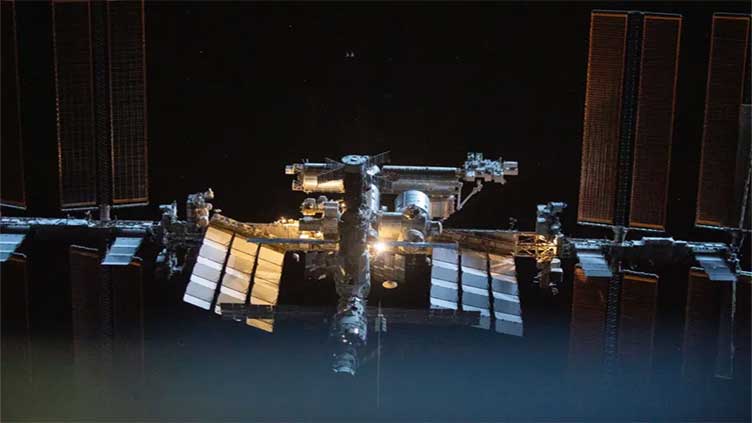Astronauts reveal what life is like on ISS – and how they deal with 'space smell'

Technology
In space there is just one smell
(Web Desk) - In June two American astronauts left Earth expecting to spend eight days on the International Space Station (ISS).
But after fears that their Boeing Starliner spacecraft was unsafe to fly back on, Nasa delayed Suni Williams and Butch Wilmore’s return until 2025.
They are now sharing a space about the size of a six-bedroom house with nine other people.
Ms Williams calls it her "happy place" and Mr Wilmore says he is "grateful" to be there.
But how does it really feel to be 400km above Earth? How do you deal with tricky crewmates? How do you exercise and wash your clothes? What do you eat - and, importantly, what is the “space smell”?
Talking to BBC News, three former astronauts divulge the secrets to surviving in orbit.
Every five minutes of the astronauts’ day is divided up by mission control on Earth.
They wake early. At around 06:30 GMT, astronauts emerge from the phone-booth size sleeping quarter in the ISS module called Harmony.
“It has the best sleeping bag in the world,” says Nicole Stott, an American astronaut with Nasa who spent 104 days in space on two missions in 2009 and 2011.
The compartments have laptops so crew can stay in contact with family and a nook for personal belongings like photographs or books.
The astronauts might then use the bathroom, a small compartment with a suction system. Normally sweat and urine is recycled into drinking water but a fault on the ISS means the crew must currently store urine instead.
Then the astronauts get to work. Maintenance or scientific experiments take up most time on the ISS, which is about the size of Buckingham Palace - or an American football field.
“Inside it's like many buses all bolted together. In half a day you might never see another person,” explains Canadian astronaut Chris Hadfield, commander on the Expedition 35 mission in 2012-13.
“People just don't go zipping through the station. It’s big and it's peaceful,” he says.
The ISS has six dedicated labs for experiments, and astronauts wear heart, brain or blood monitors to measure their responses to the challenging physical environment.
“We’re guinea pigs,” says Ms Stott, adding that “space puts your bones and muscles into an accelerated ageing process, and scientists can learn from that”.
If the astronauts can, they work faster than mission control predicts.
Mr Hadfield explains: "Your game is to find five free minutes. I would float to the window to watch something go by. Or write music, take photographs or write something for my children."
A lucky few are asked to do a spacewalk, leaving the ISS for the space vacuum outside. Mr Hadfield has done two. “Those 15 hours outside, with nothing between me and the universe but my plastic visor, was as stimulating and otherworldly as any other 15 hours of my life."
But that spacewalk can introduce something novel to the space station - the metallic “space smell”.
“On Earth we have lots of different smells, like washing machine laundry or fresh air. But in space there’s just one smell, and we get used to it quickly,” explains Helen Sharman, the first British astronaut, who spent eight days on the Soviet space station Mir in 1991.



